Type of Fruit Plants
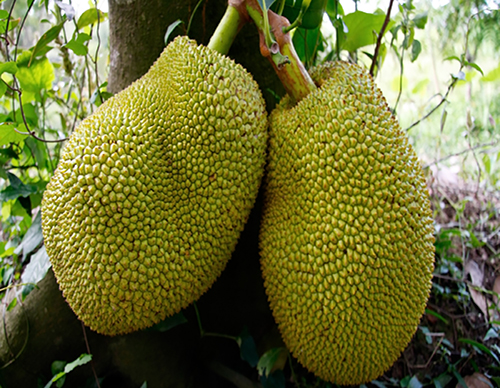
Jackfruit(Nangka)
Jackfruit is the largest tree-borne fruit in the world, reaching up to 60 cm (about 2 feet) long and weighing up to 18 kg (about 40 pounds). It is ellipsoidal and aggregate, composed of multiple “bulbs” of seed-containing flesh around a stringy core, all of which is enclosed by a bumpy rind
.jpg)
Ciku
Ciku is an interesting tropical fruit. It has a tea coloured, egg-shaped fruit that is hard, gummy and very astringent when unripe. The ripe ciku is very sweet, having a slight pear flavour with a mixed taste of honey and brown sugar. The fruit is used in many folk cures.
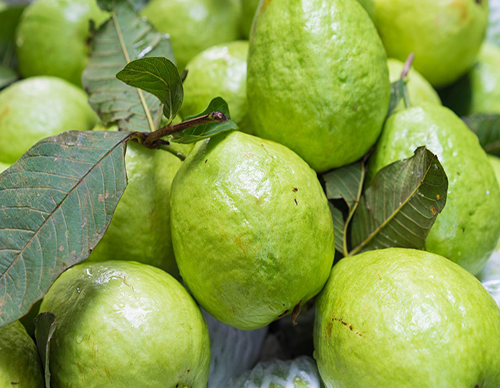
Guava(Jambu Batu)
Guava, Psidium guajava, is an evergreen shrub or small tree in the family Myrtaceae grown for its edible fruits.The fruit is oval in shape and green to yellow in color. The flesh inside can be white, yellow, pink or red in color and contains numerous yellowish seeds.
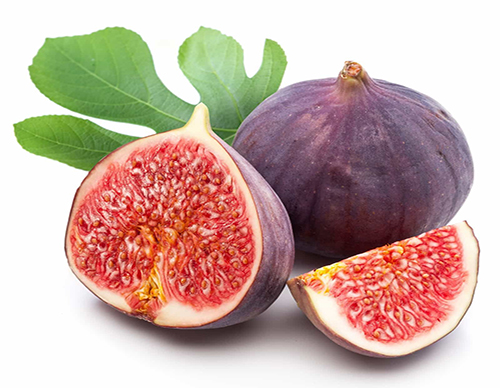
Fit(Tin Tin)
Tin or Ara is a kind of edible fruit-producing plant originating from West Asia. The fruit is named the same. The name "Tin" is taken from Arabic, also known by the name "Ara" (figs / fig tree) while in English is called fig actually still includes relatives of the banyan tree of the genus the same, that is Ficus
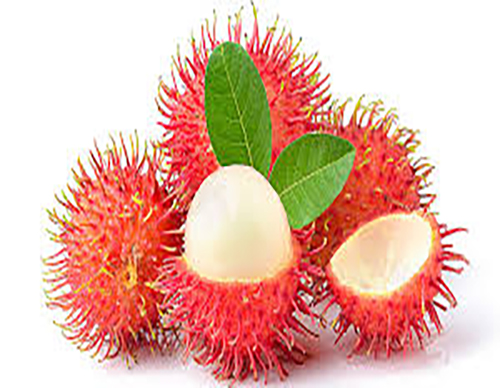
Rambutan
Rambutan fruits are round or ellipsoid with a leathery skin densely covered in soft spines up to 2 cm long. 5. The fruits are yellow to crimson and grow up to 7 by 5 cm in size. The white juicy flesh encloses an oval seed. The seeds are bitter and narcotic
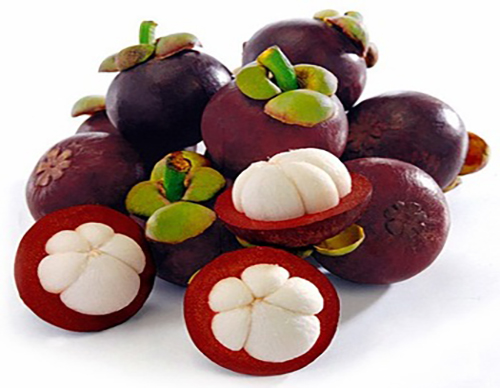
Mangosteen
a dark reddish-purple fruit of southeastern Asia with a thick rind and juicy flesh having a flavor suggestive of both peach and pineapple also : a tree (Garcinia mangostana) of the Saint-John's-wort family that bears mangosteens.
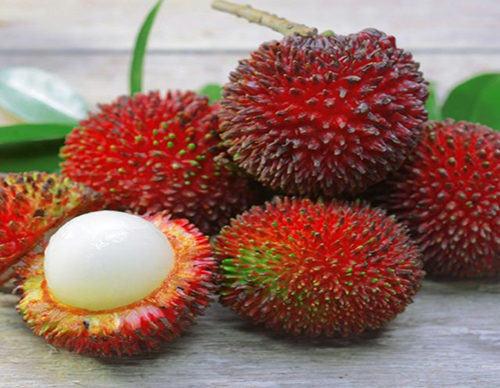
Pulasan
Pulasan comes from the Malay word pulas (twist) related to "pilas" (remove) of Tagalog. The fruit is opened through the act of twisting the fruit with both hands, thus the name pulasan.pulasan comes from the Malay word pulas (twist) related to "pilas" (remove) of Tagalog. The fruit is opened through the act of twisting the fruit with both hands, thus the name pulasan.
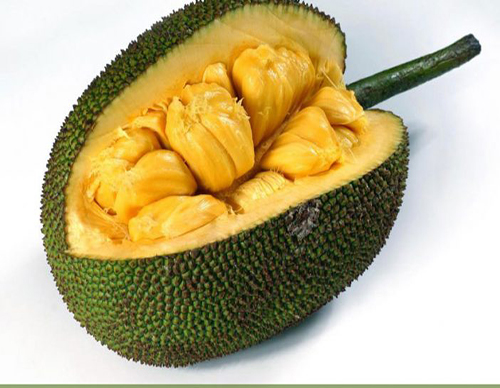
Cempedak
Cempedak trees are large, evergreen trees. The thin and leathery skin is greenish, yellowish to brownish in color, and patterned with pentagons that are either raised protuberances or flat eye facets.The fleshy, edible arils surround the large seeds in a thick layer.
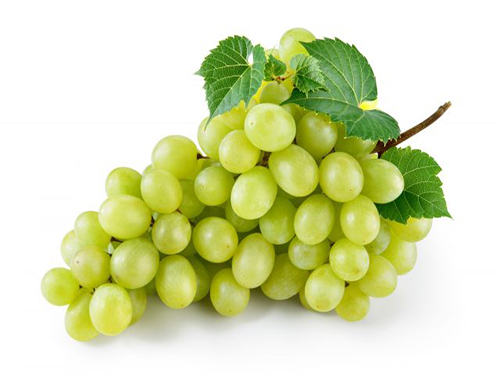
Grape
The grape is a fruit that grows in tight clusters. It has a white or purple flesh of sweet taste, eaten raw or in juice, although it is chiefly used for making wine. They are also used to make preserves. It contains various minerals and vitamins, and it is considered to be antioxidant and anti-carcinogenic.

Papaya
Papaya is a tropical fruit, having oval or pear shape, measuring between 10 and 20cm and usually weighing between 500 and 1,000g, although it may even weigh up to 5kg. It is a berry of thin skin, of a green yellowish and orange colour. The pulp is of a red orange or yellow colour, sweet and very juicy. Inside the fruit there is a cavity containing the greyish black seeds.

Coconut
Coconut is a round and elongate fruit of white, fibrous and oily meat covered by a thick, brown and hairy shell. Coconuts are surrounded by a fibrous kernel, inside which is a white meat called copra. When the fruit is still tender it yields a milky fluid that is commonly used as basic food in some zones.
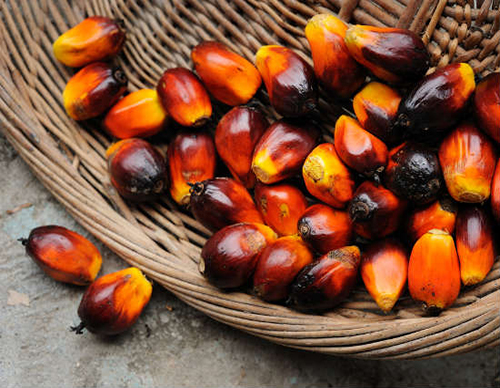
Palm Oil
Palm oil is an edible vegetable oil derived from the mesocarp (reddish pulp) of the fruit of the oil palms. The oil is used in food manufacturing, in beauty products, and as biofuel. Palm oil accounted for about 33% of global oils produced from oil crops in 2014.
